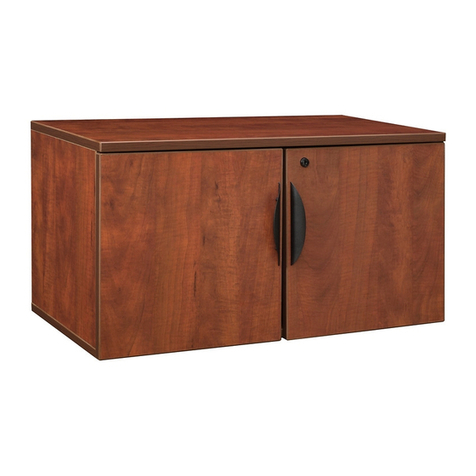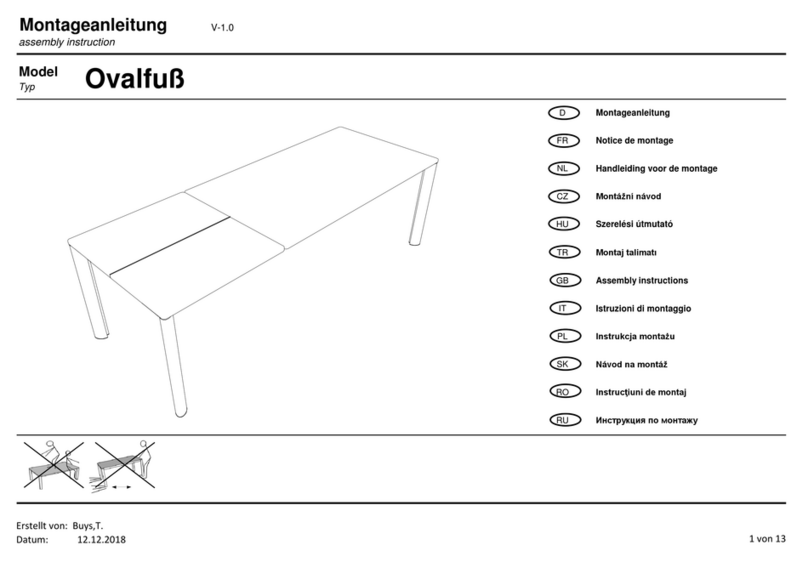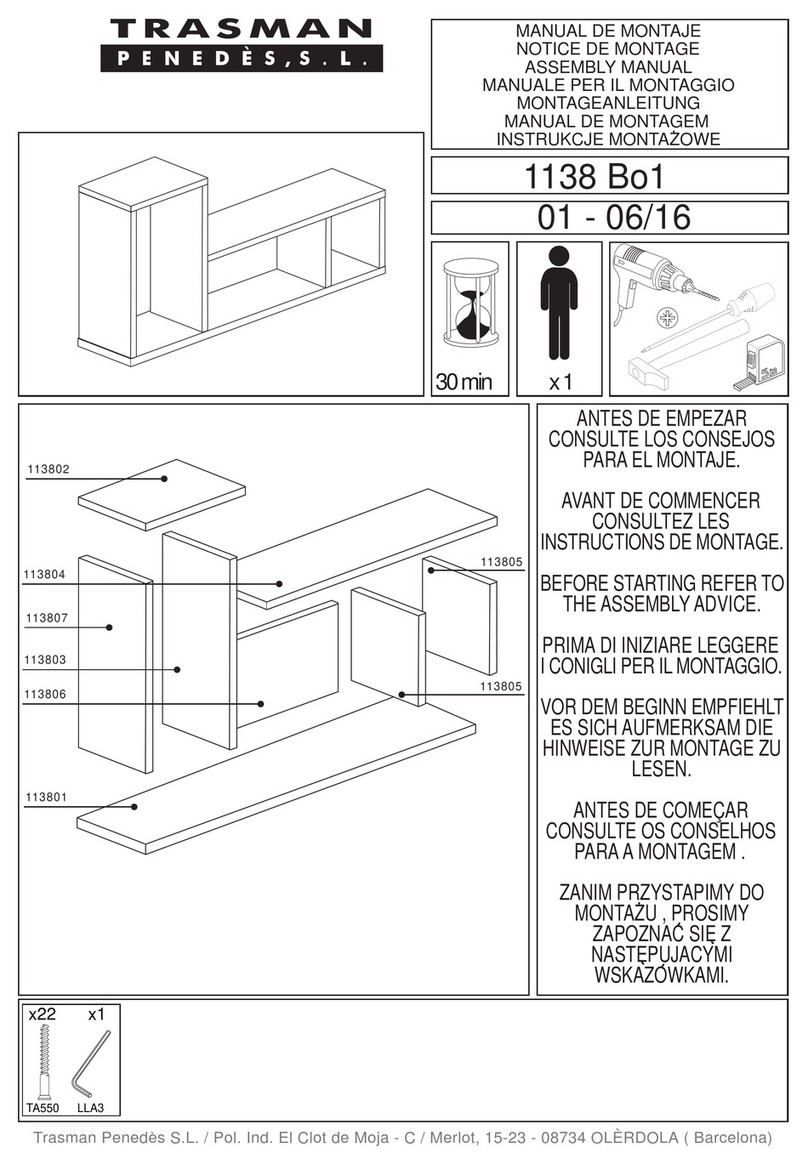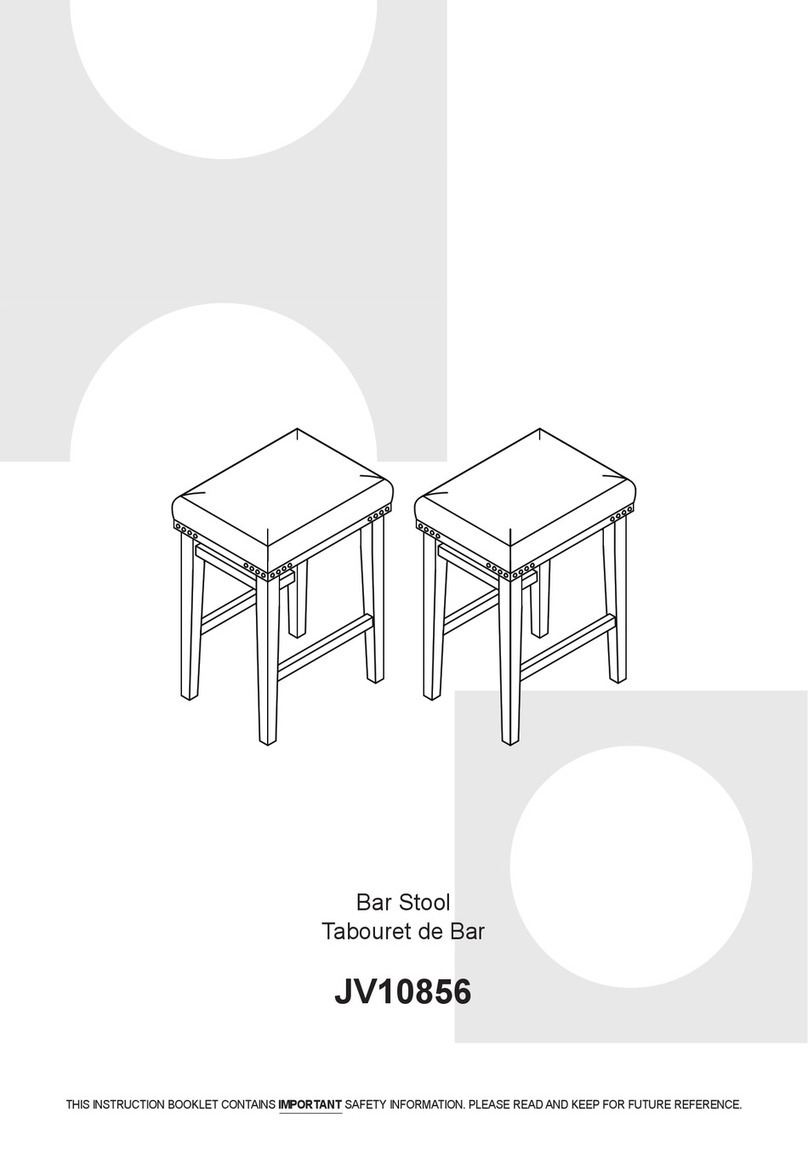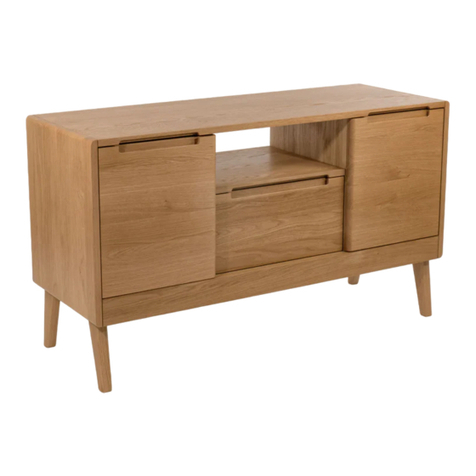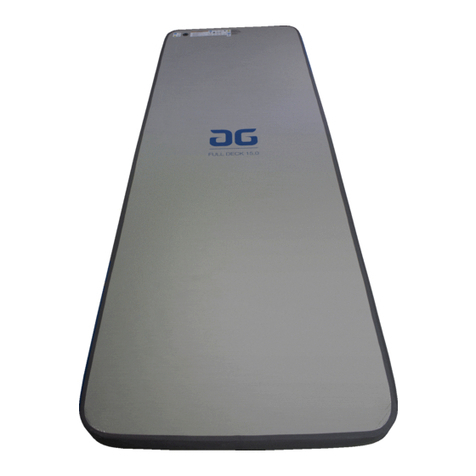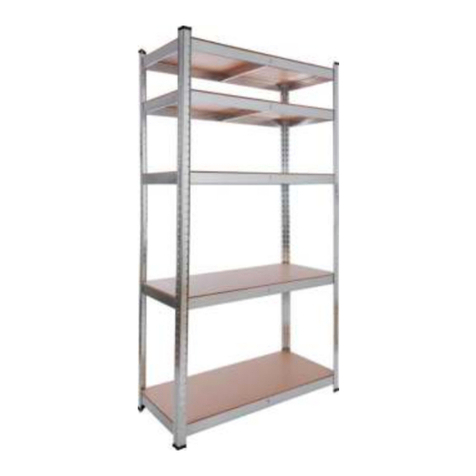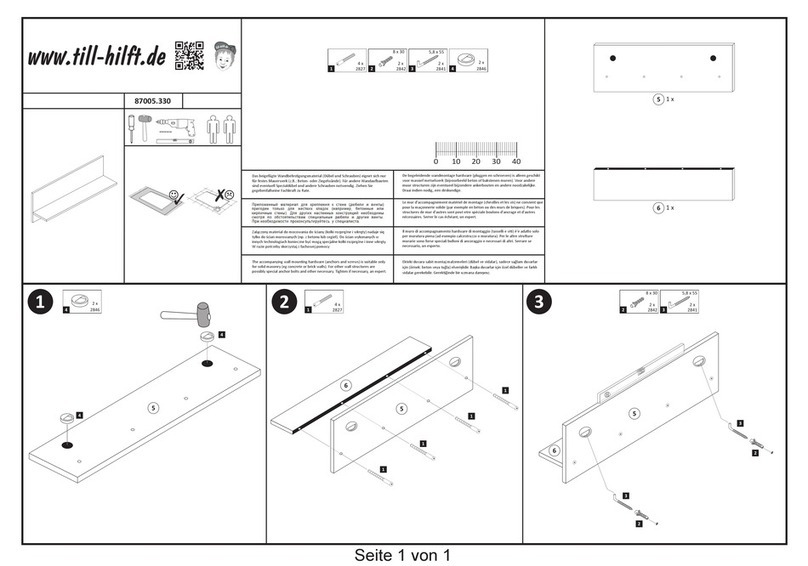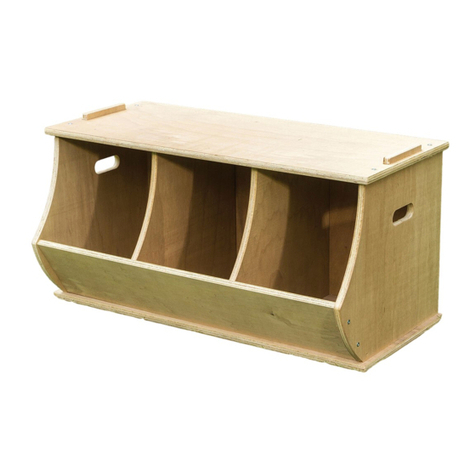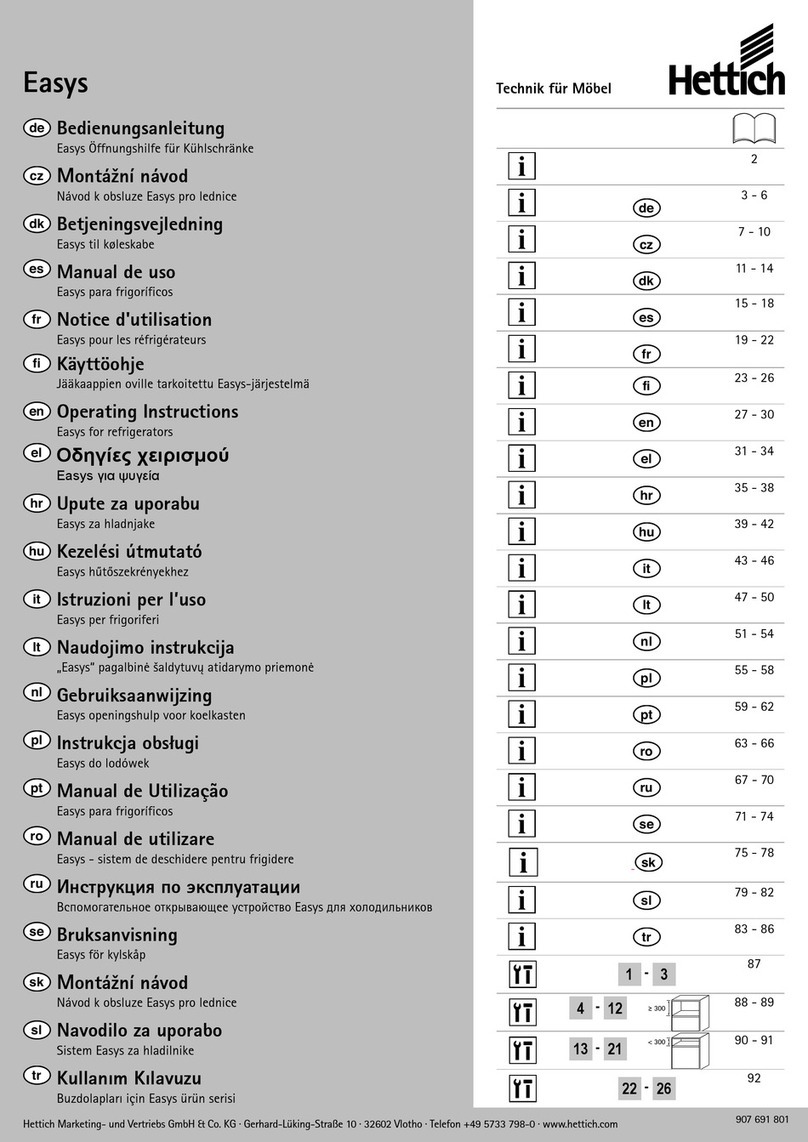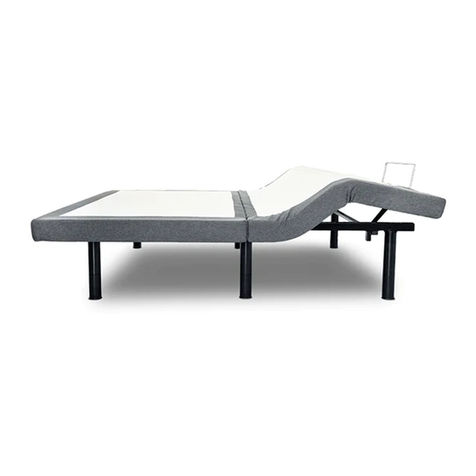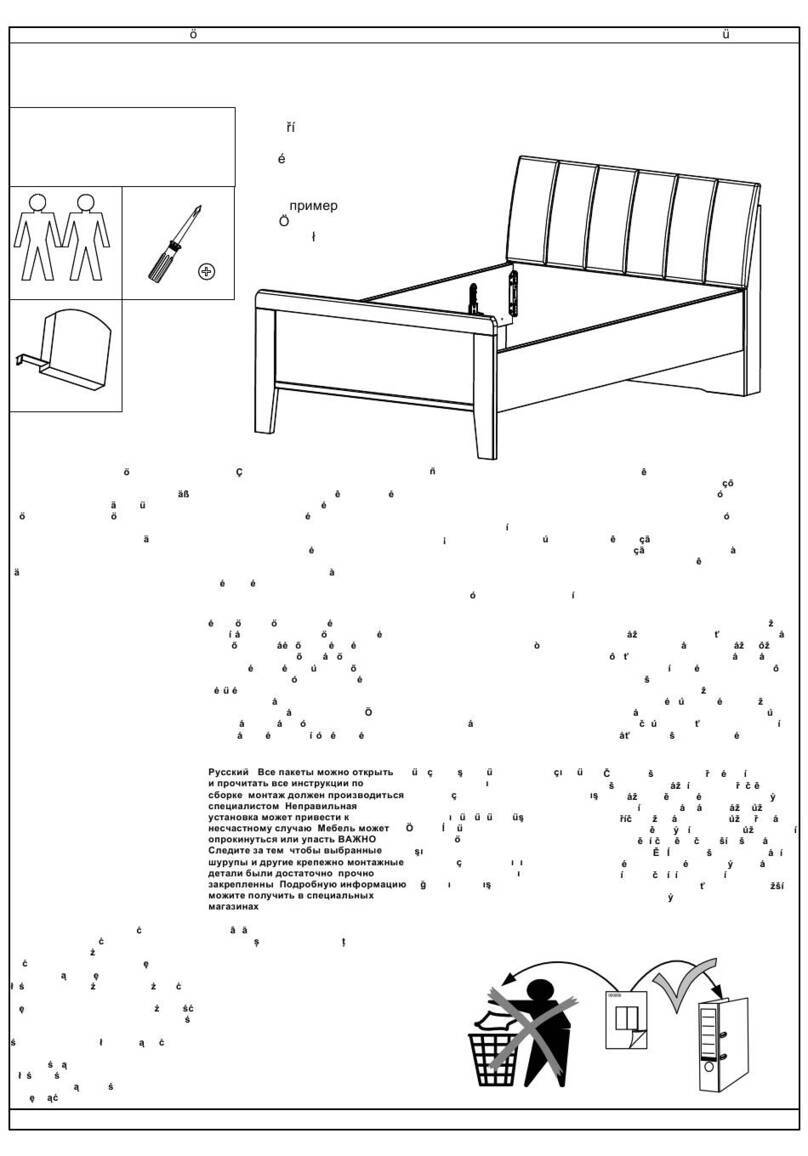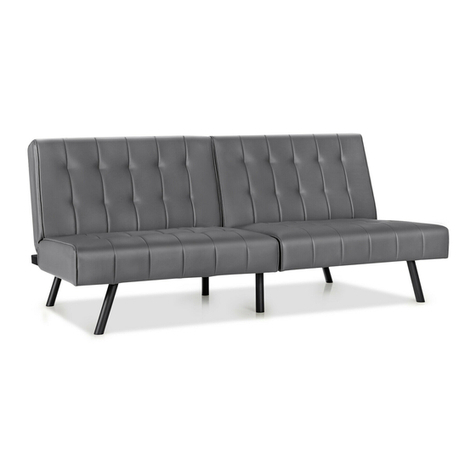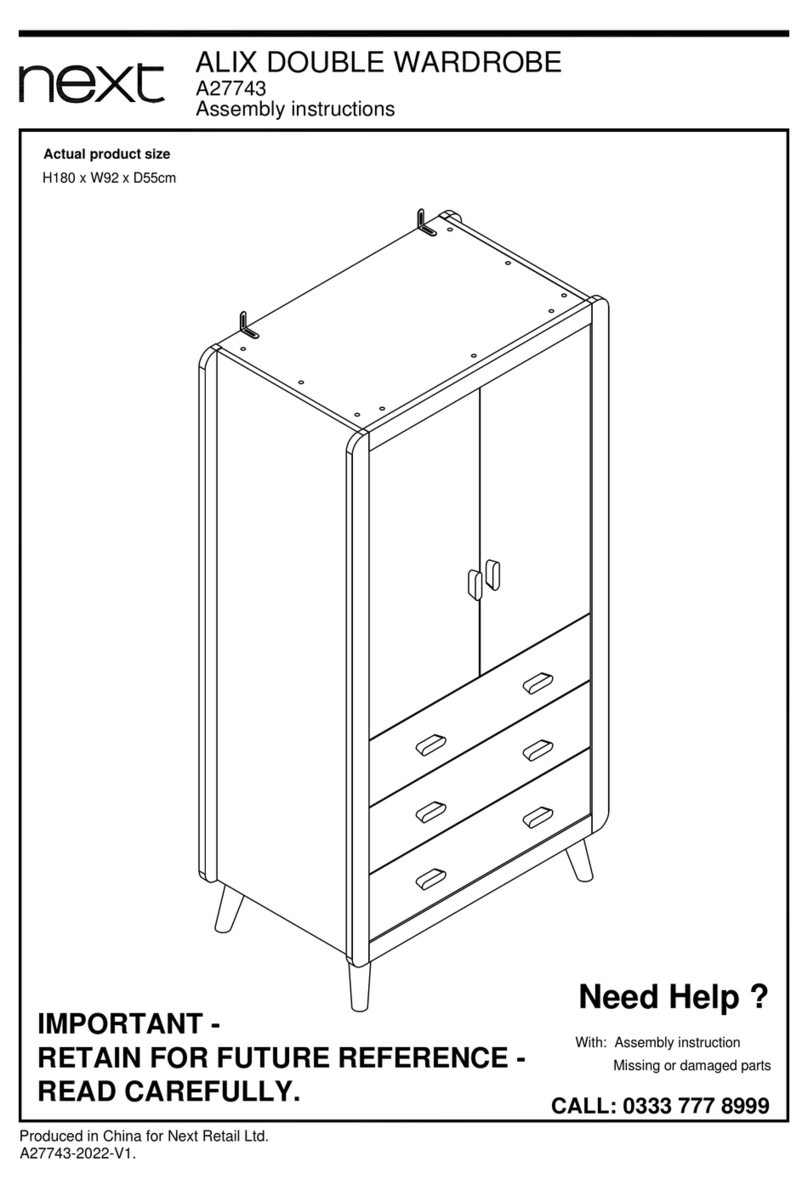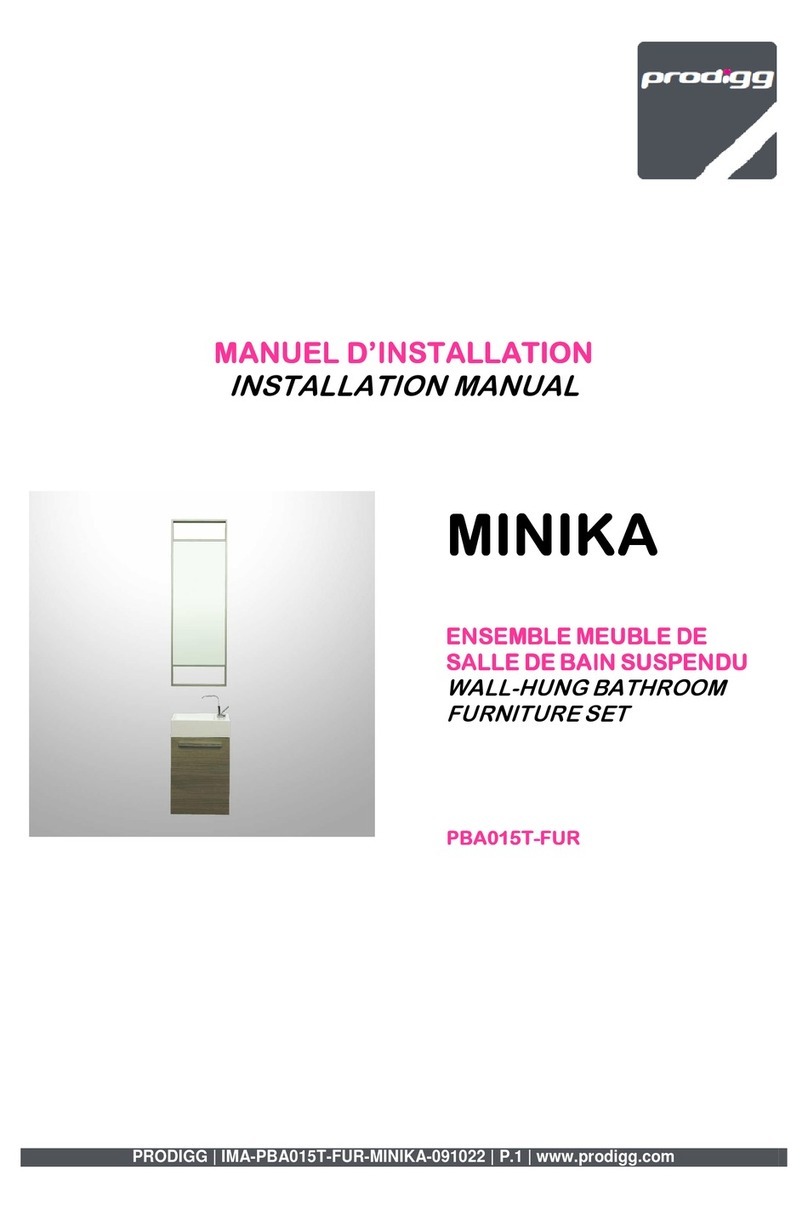
The lead-in and ground connections should be as short and direct as practicable. It is preferable that the
lead-in wire be a continuation of the antenna itself. Where brought through the wall or window frame it should be
insulated therefrom, preferably by means of a porcelain tube.
An outdoor antenna should be protected by means of an approved lightning arrester, in accordance with the
requirements of the National Board of Fire Underwriters.
(b) Indoor Type—An indoor antenna is not as effective as a properly installed outdoor antenna. Where the
installation of an outdoor antenna is not practicable, satisfactory results may be obtained by using about 20 to 40
feet of insulated wire inside the building. The size of the wire is not particularly important, though No. 18 bell
wire is suggested. In buildings with metal lath, satisfactory results are not always possible with this type of
antenna. Under such conditions, various arrangements of the indoor antenna may be tried.
Ground—A good connection to ground is as important as a well constructed antenna. Definite instructions
cannot be given, as conditions vary in different locations. Water pipes or steam pipes generally make good
grounds. The use of gas pipes should be avoided. The ground lead should be connected by means of an approved
ground clamp to a section of the pipe that has been scraped thoroughly clean. If water or steam pipes are not
available, a pipe or metal rod may be' driven into the ground to a depth of several feet. The success of this type of
ground depends upon the presence of moisture in the soil.
Part III—Maintenance
Radiotrons—Before inserting or removing Radiotrons, always be sure that the Power Switch is in the "OFF"
position. (See "Important", page 5.)
The contact pins of the Radiotrons should be inspected occasionally and kept clean.
It is a good plan to have available at least one new RCA Radiotron of each type. Periodically, the condition
of each Radiotron in use should be checked by substituting a new one and comparing results in reception, both
local and distant.
Power Supply—Should the pilot lamp and Radiotrons fail to light with the Power Switch in the "ON"
position, it is probable that the Radiola is not properly connected to the power supply. Make sure (1) that the
attachment plug is properly inserted in the electrical outlet;
(2) that both the upper and lower attaching plugs are properly inserted at the power connector;
Figure 2; and (3) that the current is not switched off at any point.
Volume Control—If the operation of the Volume Control should at times produce a grating sound in the
loudspeaker, this may be remedied by turning the knob back and fourth between the extreme positions a few times
in order to remove any foreign material which may have collected on the control resistance.
Antenna and Ground—A decrease in receiving range and volume may be caused by loose or corroded
connections in the antenna and ground circuit, or by an accumulation of dirt or soot on the antenna insulators.
Pilot Lamp—Renewal bulbs (see "EQUIPMENT"—Furnished, page 4) may be purchased from any RCA
Authorized Dealer.
RCA Authorized Dealer—If further service is necessary, the RCA Authorized Dealer from whom the
Radiola was purchased should be consulted.
9
